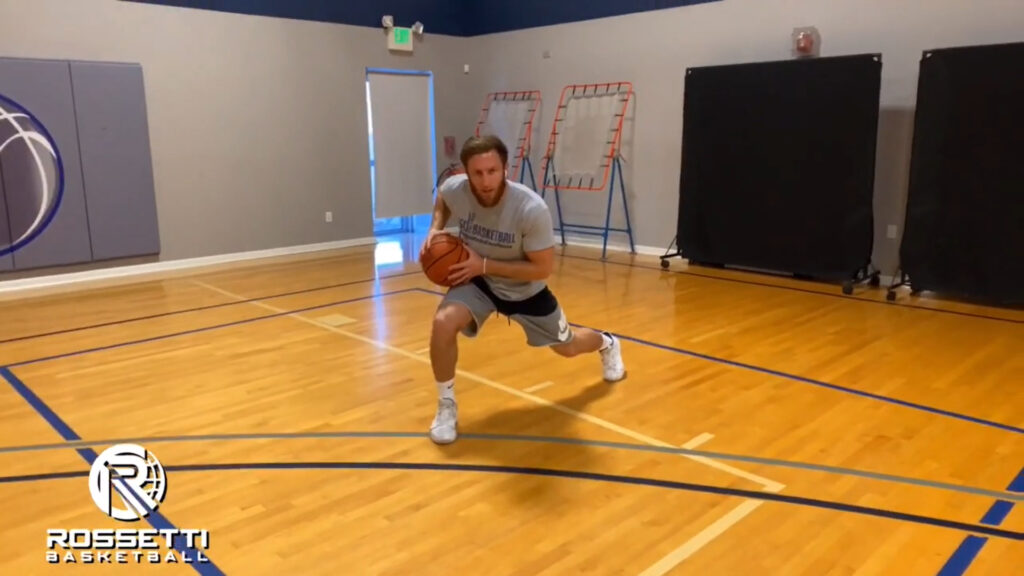
Basketball is more than just speed, dribbles, and slam dunks—it’s a game of rules and strategy. One such rule that often confuses both casual fans and even seasoned players is the clear path foul. It might sound like just another foul in the rulebook, but this one carries significant weight during fast breaks and can even change the trajectory of a game.
In this article, we’ll break down exactly what a clear path foul is, why it exists, how it impacts gameplay, and how understanding this rule can give players and coaches a strategic edge. Whether you’re a beginner or a competitive athlete, this is the knowledge that sharpens your game IQ.
Introduction: Why Clear Path Fouls Matter
Every second counts in basketball—especially in transition. When a team steals the ball or grabs a rebound and charges down the court, it’s often the best chance for an easy basket. But what if a defender illegally stops that fast break?
That’s where the clear path foul rule comes into play. It ensures that the offensive team maintains its advantage during transition and prevents defenders from using intentional fouls to slow the game down.
Understanding this rule is essential because it:
- Impacts game momentum
- Affects scoring opportunities
- Determines free throw and possession outcomes
So, what exactly qualifies as a clear path foul?
Definition: What Is a Clear Path Foul?
A clear path foul occurs when a defender commits a foul on an offensive player who is on a fast break and has a clear path to the basket with no defenders ahead.
The Key Criteria (According to NBA and FIBA Rules):
- The offensive player must have possession of the ball.
- The foul must occur during a transition scoring opportunity.
- No defenders (except the one committing the foul) are positioned between the offensive player and the basket.
- The foul must happen before the offensive player begins the act of shooting.
- The foul must not be part of a legitimate defensive play (e.g., going for the ball directly).
Penalty for a Clear Path Foul:
- Two free throws for the fouled player
- Possession of the ball afterward by the offensive team
This is a severe penalty, intended to discourage players from making cynical fouls during transition plays.
History and Evolution of the Rule
The clear path foul rule was first introduced in the NBA in the 1980s. Over time, the league has refined the criteria to make the rule more consistent and understandable. In 2018, the NBA made a significant update to the rule, removing the need to determine the defender’s intent. That means:
- Even if the foul wasn’t intentional, it can still be called a clear path foul if all other criteria are met.
- The emphasis is now on positioning and the timing of the foul, not motivation.
This shift has made the rule easier to enforce and more impactful in real-time game situations.
Why the Rule Exists: Purpose and Impact
Fast breaks are one of the most thrilling elements of basketball. They often lead to highlight-reel dunks, momentum shifts, and quick scoring runs. Before the clear path rule, defenders would simply foul the ball-handler during fast breaks to prevent an easy basket. There was little consequence to this tactic, and it reduced the entertainment value and fairness of the game.
The clear path foul was introduced to:
- Maintain the integrity of fast breaks
- Punish defensive teams for unfair fouls
- Encourage cleaner, more skill-based play
- Keep the game’s pace and excitement level high
By awarding both free throws and possession to the offensive team, the rule creates a significant disincentive for defenders to foul during transitions.

Strategic Implications for Coaches and Players
Understanding the clear path foul can influence both offensive and defensive strategy.
For Offensive Players:
- Push the pace in transition and take advantage of gaps in the defense.
- Protect the ball and avoid initiating contact to increase the chances of drawing a clear path foul.
- Be aware of defensive positioning and recognize when you’re the last player ahead of the defenders.
For Defenders:
- Stay ahead of the ball during transition defense. Getting caught behind can lead to fouls that not only give up free throws but also possession.
- Avoid unnecessary fouls, especially if the offensive player has a clear route to the basket.
- Commit to legitimate defensive plays, like attempting to block or steal the ball in a legal way.
For Coaches:
- Teach transition defense fundamentals to avoid dangerous foul situations.
- Use game film to help players visually understand when a clear path foul could be called.
- Use clear path foul situations as teachable moments during practice and in games.
Common Misunderstandings About Clear Path Fouls
Like many specialized basketball rules, the clear path foul is often misinterpreted. Let’s clear up some myths:
Misconception 1: The foul must be intentional.
Reality: Intent is no longer a required factor. The positioning and timing of the foul determine the call.
Misconception 2: Clear path fouls only happen near the basket.
Reality: The foul can happen anywhere on the court, as long as the offensive player is ahead of the defenders.
Misconception 3: If a player is near other teammates, it’s not a clear path foul.
Reality: The key factor is whether any defenders are ahead of the ball-handler, not offensive players.
Misconception 4: It’s the same as a flagrant foul.
Reality: A clear path foul is about transition play and defensive positioning—not the severity or danger of the contact.
How Clear Path Fouls Influence Momentum
Basketball is a game of runs and momentum. Clear path fouls can:
- Stop a scoring opportunity if called incorrectly.
- Fuel a scoring run if used correctly by the offensive team.
- Demoralize defenders and force coaches to rethink transition defense.
A typical scenario: A player intercepts a pass and has a full-court sprint toward the basket. A defender, realizing they’re too far behind to block the shot, reaches out and fouls the player before a layup can be attempted. In this case, the offensive team not only gets two easy points at the line but also retains possession, potentially turning a single possession into a 4- or even 5-point swing.
Clear Path Fouls in Youth and Amateur Basketball
While the NBA and FIBA enforce this rule strictly, it’s becoming more common in youth and amateur basketball leagues as well. Many organizations are starting to follow FIBA’s emphasis on clean transition play. Players and coaches at all levels benefit from learning the rule early, especially as they transition into more competitive environments.
At Rossetti Basketball, we educate young players on game rules and strategic thinking—not just athletic drills. Mastery of rules like the clear path foul is part of how we help players develop on-court intelligence and awareness.
Examples of Clear Path Fouls in Real Games
To bring the concept home, here are a couple of famous examples from the NBA:
LeBron James vs. the Warriors (2016 Finals)
During a fast break, LeBron was fouled by a trailing defender with no one else ahead. It was correctly ruled a clear path foul, giving the Cavaliers two free throws and possession. It shifted momentum during a key stretch.
Giannis Antetokounmpo vs. Raptors (2019)
On a quick steal, Giannis charged toward the basket. A Raptors defender fouled him from behind before the shot. Though contact was minimal, it met all the criteria. Bucks got free throws and ball possession—crucial in a close playoff game.
These examples show how small decisions—both on offense and defense—can lead to big consequences.
support to help youth basketball coaches succeed. Explore our coaching resources today and take your coaching game to the next level!
Takeaways and Action Steps
Here’s how to apply this knowledge:
For Players:
- Sprint the lane hard and push fast breaks when ahead.
- Keep your head up and recognize if you’re in a clear path situation.
- Don’t commit lazy fouls—especially when trailing in transition.
For Coaches:
- Integrate transition drills into every practice.
- Educate players with video clips and situational examples.
- Prioritize smart defense over desperation fouls.
Conclusion: Mastering the Game Beyond the Ball
Basketball isn’t just about athleticism—it’s about mastering the rules that shape strategy. Understanding what a clear path foul is, when it’s called, and how to leverage or avoid it is essential for serious players and coaches.
At Rossetti Basketball, we believe every player should be empowered not just with skills, but with knowledge. The clear path foul is one rule that proves how a smart play—or a small mistake—can be the difference between a win and a loss.
Train Smarter with Rossetti Basketball
Want to develop not just your basketball skills, but your game intelligence?
✅ Explore our Training Programs
✅ Visit our Blog for More Insights
✅ Book a Free Session Today
Let Rossetti Basketball help you unlock your full potential—on and off the court.


